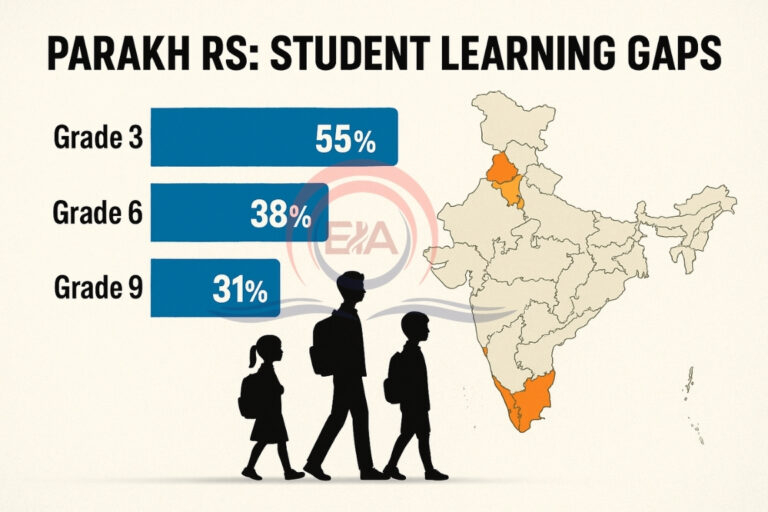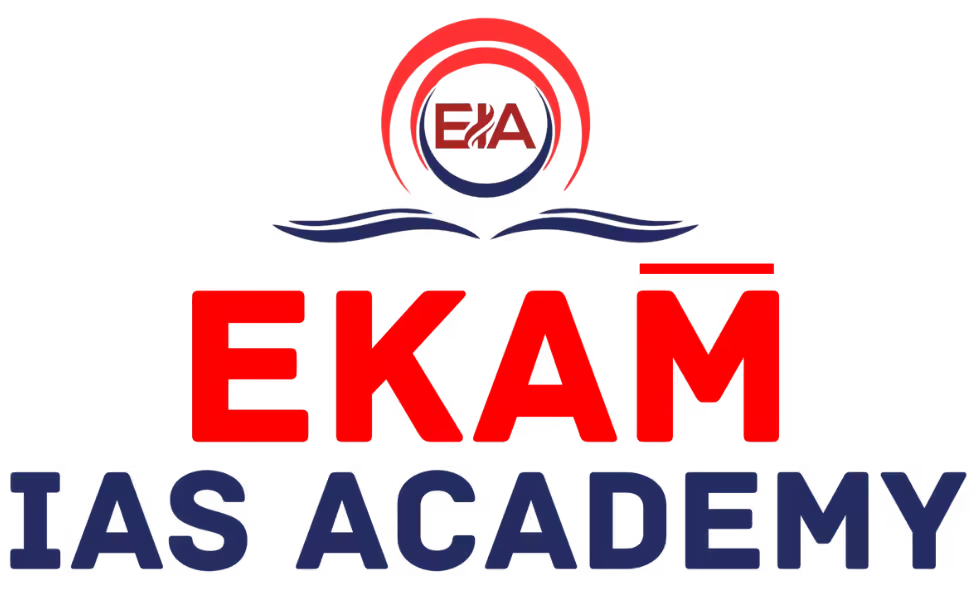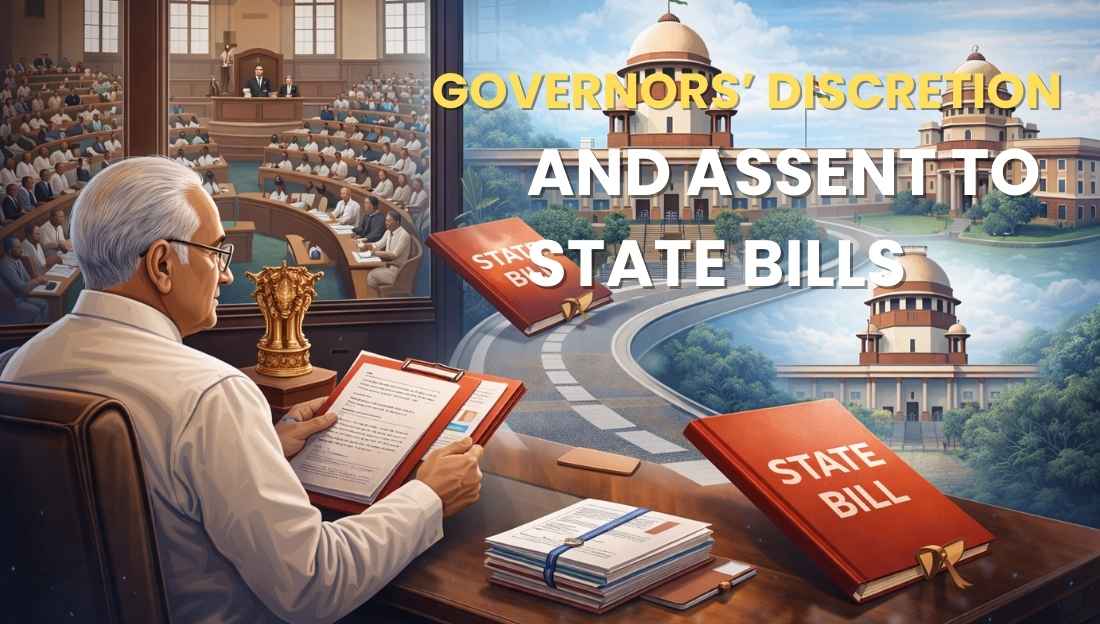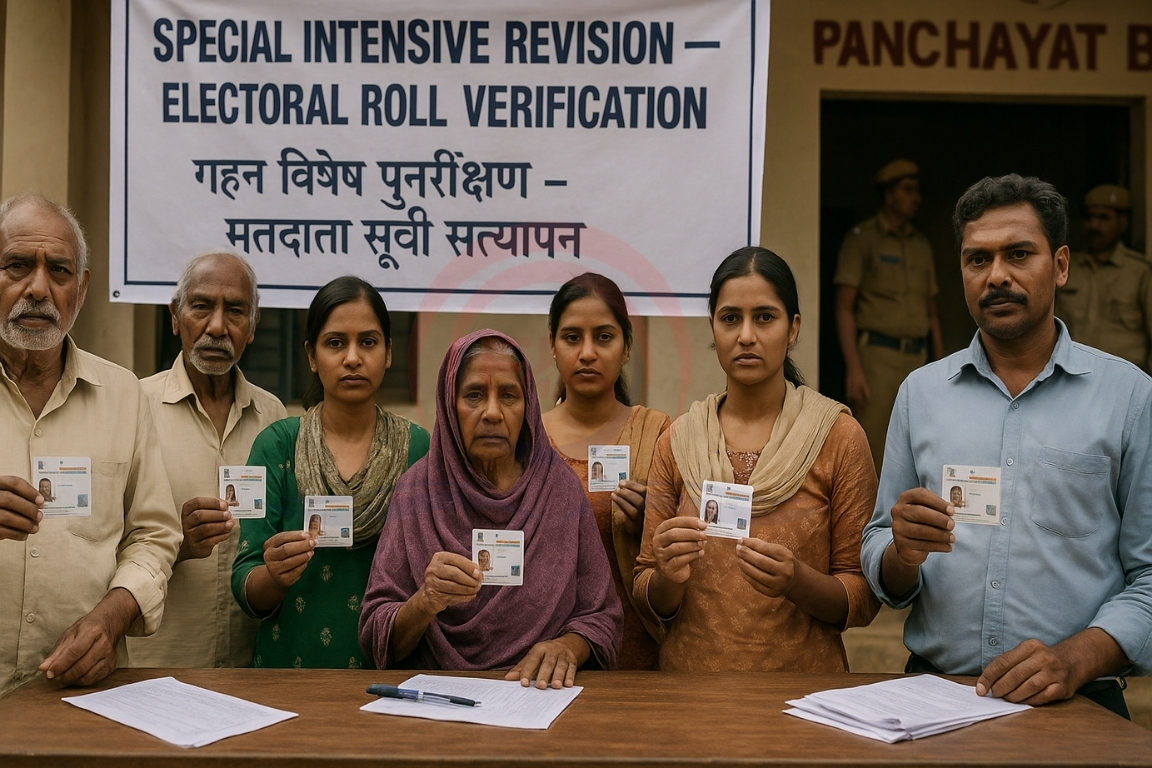The latest PARAKH Rashtriya Sarvekshan (RS) report has exposed learning gaps among Indian school students in key subjects like language and mathematics, especially in Grades 3, 6, and 9. Some States like Punjab, Kerala, and Himachal Pradesh have shown better performance.
Why This Issue Matters
- The findings highlight the urgent need to improve foundational learning among students across India.
- The data provides crucial insights for implementing the National Education Policy (NEP) 2020 effectively.
About PARAKH RS
- PARAKH RS (Performance Assessment, Review, and Analysis of Knowledge for Holistic Development Rashtriya Sarvekshan) is the renamed version of the National Achievement Survey (NAS).
- It assessed over 21 lakh students in Grades 3, 6, and 9 across 781 districts and 74,229 schools.
- Subjects covered:
- Grades 3 & 6: Language, Mathematics, and Environment
- Grade 9: Language, Mathematics, Science, and Social Science

Top Performing States/UTs
- Grade 3: Punjab, Himachal Pradesh, Kerala
- Grade 6: Kerala, Punjab, Dadra & Nagar Haveli and Daman & Diu
- Grade 9: Punjab, Kerala, Chandigarh
- Kendriya Vidyalayas scored high in Grade 9 but performed poorly in Grade 3 maths.
Key Findings on Learning Levels
Grade 3
- 67% could use enough words for daily conversation.
- 68% sorted objects based on multiple properties.
- Only 55% could arrange numbers up to 99 in order.
Grade 6
- 54% understood the Indian number system.
- Only 38% could solve everyday math problems.
- Only 38% made predictions based on environmental patterns.
Grade 9
- 54% could identify main ideas in news or text.
- 45% understood key ideas of the Constitution and the freedom struggle.
- Only 31% could work with different number sets like fractions and real numbers.
Conclusion:
The PARAKH RS report shows that India still faces major learning gaps, especially in foundational numeracy and comprehension. This calls for targeted interventions, teacher training, and curriculum improvements to build strong educational outcomes nationwide.





